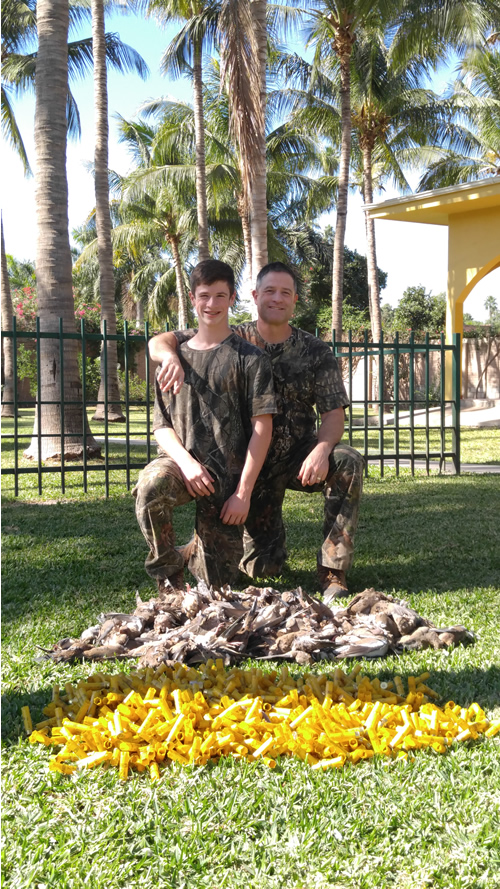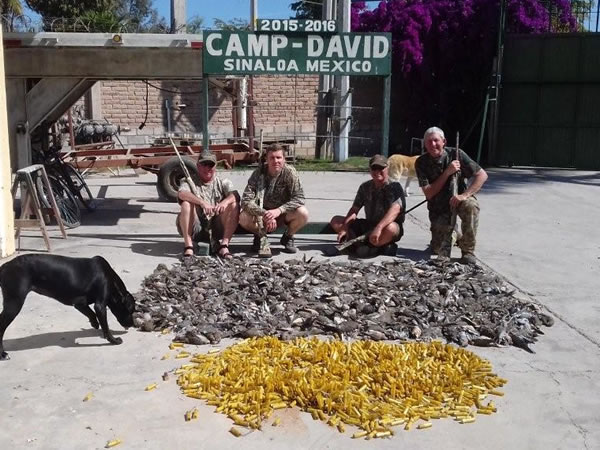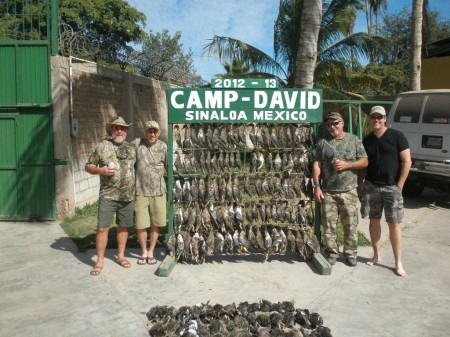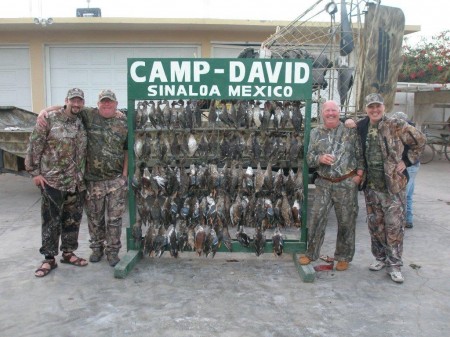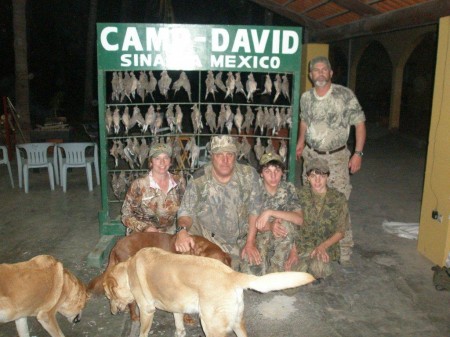The History of Duck Hunting: A Deep Cultural Tradition That Spans Thousands of Years
Duck hunting is one of the oldest and most meaningful outdoor traditions in human history. From ancient civilizations to modern conservationists, duck hunting has provided food, inspired culture, shaped technology, and created passionate communities. The story of duck hunting is also the story of humanity’s relationship with nature — a relationship based on survival, respect, challenge, and connection to the wild.
Duck hunting is not just an outdoor sport; duck hunting is heritage. Duck hunting is culture. Duck hunting is a bond between the hunter, the dog, the water, and the sky. Duck hunting represents patience, skill, and understanding of the natural world. The long history of duck hunting shows how important waterfowl have been to people everywhere.
Early Beginnings of Duck Hunting Around the World
Long before written records, humans observed ducks migrating in enormous flocks, landing in wetlands, lakes, rivers, bays, marshes, and coastal estuaries. Duck hunting began because ducks were a plentiful and reliable food source.
Duck Hunting in Ancient Egypt
In Ancient Egypt, duck hunting was so common that it appears in tombs and temple carvings. Hunters used:
- Handcrafted nets for duck hunting
- Reed boats to quietly approach ducks
- Throwing sticks designed specifically for duck hunting
Ducks were roasted, dried, and preserved. Duck feathers were used for bedding, clothing, and ceremonial decoration. Duck hunting was not simply food it became a symbol of seasonal abundance.
Duck Hunting in China
The Chinese were among the first to use decoys for duck hunting. They carved wooden ducks and painted them to look realistic. They even trained cormorants (water birds) to retrieve ducks during duck hunting. Duck hunting in China combined strategy, patience, and deep understanding of natural behavior.
Indigenous Duck Hunting in North America
Tribes across North America practiced duck hunting with remarkable skill:
- Creating camouflage for duck hunting using grass, mud, and reeds
- Using dugout canoes to approach ducks silently
- Using bone whistles to call ducks during duck hunting
Duck hunting was deeply connected to seasons, migration, ceremony, and respect for animals.
Duck Hunting in Early America and Frontier Life
When European settlers arrived, they were stunned by the massive flocks of waterfowl. Duck hunting became a major way to survive harsh winters. Families depended on duck hunting not just for food, but for feathers, trade goods, and warm clothing.
Frontier duck hunting involved:
- Flintlock firearms
- Homemade calls
- Simple wooden blinds
- Hard-earned natural knowledge
Duck hunting was a necessity every family that lived near wetlands participated in duck hunting in some form.
The Market Hunting Era: When Duck Hunting Nearly Destroyed Ducks
During the 1800s, duck hunting transformed. Instead of hunting only for survival, market hunters began harvesting ducks by the thousands to supply restaurants in growing cities. This era of duck hunting introduced powerful new tools:
| Duck Hunting Innovation | Effect |
| Punt Guns | Massive cannons used to kill dozens of ducks with one blast |
| Sink Boxes | Hidden hunting boats that nearly disappeared in the water |
| Commercial Decoy Fleets | Hundreds of decoys used to attract massive flocks |
Duck hunting became industrial. Duck hunting became profitable. But also became unsustainable.
Ducks were being killed faster than they could reproduce. Wetlands were drained for farmland. Migratory routes were damaged. Duck populations dropped dangerously low.
The Birth of Modern Conservation — Led by Duck Hunters
The survival of ducks and the survival of duck hunting was saved by duck hunters themselves.
Hunters realized that without conservation, duck hunting would disappear forever. This led to new laws and organizations:
| Year | Duck Hunting Conservation Landmark | Purpose |
| 1918 | Migratory Bird Treaty Act | Protected migratory waterfowl from over-harvest |
| 1934 | Federal Duck Stamp Program | Duck hunters fund wetland conservation directly |
| 1937 | Ducks Unlimited Founded | Duck hunters restore habitats and wetlands |
Today, duck hunting is one of the few outdoor traditions where the users themselves pay to protect the resource. Duck hunting conservation is considered one of the greatest wildlife recovery achievements in North American history.
Modern Duck Hunting: Culture, Technique, Tradition, and Identity
Modern duck hunting is a lifestyle. Duck hunting is about early mornings, cold air, wet boots, muddy marsh grass, and the sound of wings cutting the sky. Duck hunting builds friendships, family memories, and lifelong traditions.
Modern duck hunting techniques include:
- Calling: Using duck calls to mimic natural feeding or mating sounds.
- Decoy Spreads: Using realistic decoys to simulate live ducks.
- Retrievers: Dogs trained for duck hunting that locate and retrieve downed birds.
- Layout Blinds and Boats: Specialized equipment that blends into marsh environments.
Duck hunting is deeply social. Many hunters pass duck hunting knowledge to children, sharing everything from how to blow a call to how to pluck a duck.
Duck Hunting and Conservation in the Modern World
Today, duck hunting is essential to wetland conservation:
- Duck hunters fund millions of acres of protected habitat.
- Duck hunting licenses and duck stamps support wildlife refuges.
- Duck hunting organizations restore marshes and nesting grounds.
Without duck hunting, millions of wetlands would be lost.
Duck hunting is not just recreation duck hunting is stewardship.
The Legacy and Future of Duck Hunting
Duck hunting is ancient. Duck hunting is cultural heritage. Duck hunting is community. Duck hunting is conservation. Duck hunting is one of the few traditions that connects us directly to nature in a world that moves faster every day.
As long as people continue to value wild places, respect the animals they hunt, and protect wetlands, duck hunting will continue for centuries to come.
Duck hunting is more than something we do duck hunting is who we are.
























